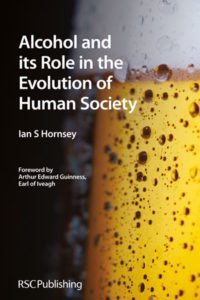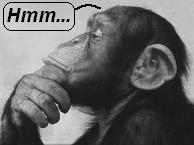One of my slowest moving interests in beer comes in the form of a trickle of stories about the origins of lager yeast. In 2008, there was the tale of the two Bavarian caves. Then there was the dinosaur era yeast story. Then in 2011, the ur-yeast for lager was found in Argentina. Now, it turns out that little bit of goodness shows up elsewhere, too:
It is the first time the microbe has been found in nature in North America, or indeed outside of Patagonia. Found by UW-Madison undergraduate student Kayla Sylvester, a member of Hittinger’s group, the yeast occurs only at a very low frequency and was likely accidentally introduced, just as an ancestor found its way to Europe and kick-started the production of cold-brewed lager beer hundreds of years ago. “If I had to bet, I’d lay money on ski bums or migrating birds” as the agents responsible for transporting the microbe to Wisconsin, says Hittinger. “What we think is happening is that well-established, genetically diverse populations are sending migrants around the world. Generally, they’re not successful, but occasionally they are.”
I love this stuff. One of my proudest moments was when the yeasty eggheads jumped in the conversation and gave me more details in the comments. I even got corrected and edjificated that the proper written form is “egg head.” The goal of all this is “to tap into biodiversity and find the strains that ferment better” according to study lead UW-Madison Professor of Genetics Chris Hittinger. Which beats the hell out of making synthetic yeasts to get more of that candy store mango taste into out future beer.
As Boak and Bailey noted today, there is an end to the pursuit of the merely novel, the manufactured. The law of diminishing returns demands no less. But the exploration of the actual, the natural and traditional? I’ll buy that, too.

 That is Alcohol and its Role in the Evolution of Human Society by Ian S. Hornsey. I had no idea. In a work of beer writing that is still trying to find its way, seeking to evolve from fanboy gushing or trade focused boosterism or underdeveloped efforts at business journalism, Hornsey’s 2004 book
That is Alcohol and its Role in the Evolution of Human Society by Ian S. Hornsey. I had no idea. In a work of beer writing that is still trying to find its way, seeking to evolve from fanboy gushing or trade focused boosterism or underdeveloped efforts at business journalism, Hornsey’s 2004 book 

